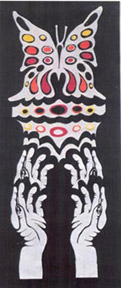Anyone who has studied the history of religions is aware of the shift in human consciousness that began sometime in the last millennium BCE and lasted into the early centuries of the Common Era. During those years human religious practice moved dramatically away from old communal forms and took on more personal expression. Individual human beings began to approach their gods in increasingly distinctive ways, and more and more spiritual teachers emphasized the value of individual human lives. Even C. G. Jung tried to explain the phenomenon in his Psychology and Religion West and East.

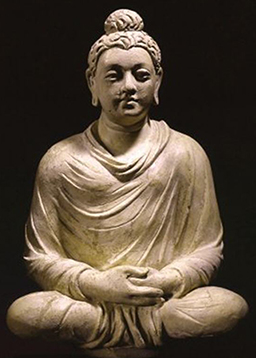
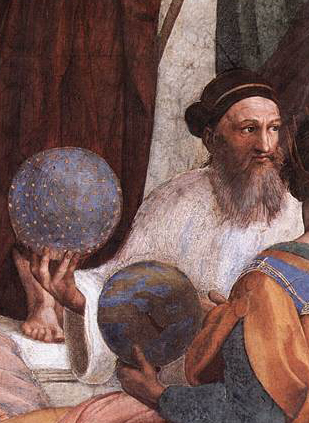
In India the sage Siddhartha Gautama, later known as the Buddha, offered seekers a Middle Way to enlightenment between the extremes of asceticism and worldly sensuality. In Persia Zarathustra introduced the idea of the freedom of individual human beings and the importance of their choosing to labor with the God of Light, Ahura Mazda, against the forces of darkness and ignorance.

In Israel the prophets emerged, offering ethical virtues such as compassion and mercy as alternatives to the old sacrificial system; Hillel the Elder followed in the 1st C BCE with his Golden Rule, and his famous statement that “whosoever destroys a soul, it is considered as if he destroyed an entire world, and whosoever saves a life, it is considered as if he saved an entire world.”
Jesus of Nazareth, born around 4 BCE, brought a unique gospel of love and life to humankind, known for two millennia as Christianity.

All around Jesus, throughout the ever-spreading Roman Empire, Mystery Religions were attracting followers by the tens of thousands. In each of these Mysteries, individual men and women found hope of eternal life through initiation into secret knowledge unavailable to those outside their communities. Dionysian, Eleusinian, Cybeline, Isaic, Mithraic, and Orphic mysteries were but some of them. In many instances the secret knowledge was imparted through the initiate’s participatory experience in the death and rebirth of the god or goddess.

In the process of writing The Cats of Rekem, the third volume in the Yeshua’s Cats series, I wandered into the jungle of Greco-Roman Mystery Religions. I won’t try to offer an explanation of why they exploded into the ancient world, but they were spreading like wildfire across the Mediterranean basin in the years before and after Yeshua’s life. Early Christians were well acquainted with these religions, and in many cases they came to the Church from them.

Numbers of people have written countless volumes of material about the relationship between early Christianity and Mystery Religions, some scholarly and accurate, many biased and inflammatory. As a writer of historical fiction whose characters are rooted in the beliefs of their day, I came up against the question of Mystery Religions in a very personal way. In particular, I found myself needing to understand exactly how Yeshua’s original message differed from the message of the Mysteries. And I didn‘t want to expound the same old Christian apologetics and bland assurances that no overlap ever existed. It obviously did.

So I dusted off my books on Greco-Roman culture and began to refresh my memory. I took notes, and made charts. I even drew up a spreadsheet. I concluded that there were many, many apparent similarities between the practices of the early Church and the Mystery Religions; in fact, there were far more similarities than differences—baptism, equality of men and women, depictions of mother and child, separation of the community from the wider society, hope of immortality through the death and resurrection of a god or founder, ritual commemoration of that same founder’s death and resurrection. The list goes on and on.
But this left me with two troublesome questions. First, did these obvious similarities in the early Church really reflect Yeshua’s message? And second, allowing for the possibility that they might not, how did Yeshua’s message itself differ from the Mysteries? I even went so far as to wonder what he might have said to one of the Mystery devotees that surely crossed his path.
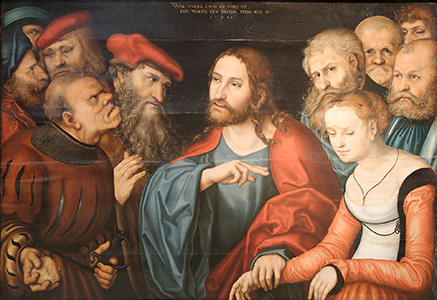
In the end I isolated several radically new ideas in Jesus’ message that found no parallels in the other religions of his day. In some cases these ideas didn’t survive very long in the young Church. Here they are, as I see them:
- He preached a loving God who sought reconciliation with humanity—not justice, or retribution, or punishment
- He brought this God into direct relationship with human beings, without priests or organized religions between them and the Deity who loved them
- He offered his listeners a simple choice: accept God’s love and embrace the freedom growing out of that love, or turn their backs and lose themselves in their own darkness
- He preached a peaceful, non-violent approach to life
- He didn’t call for a system of initiates vs outsiders: the thrust of his message was always of mysteries revealed, hardened hearts opening to understanding, and truths simple enough for a child to grasp
- Perhaps in contrast to the Mysteries, (which were celebrated in darkness) he characterized his message as one of light, revealed in the light of day for all to see
- Rather than the emotional frenzy common to the Mysteries, where initiates agonized and suffered, imagining themselves suffering with their dying and rising god, he offered his followers a death accomplished, and new life freely given: where such participatory agonies have entered the Church, I suspect they may have come by way of the Mystery Religions, not Yeshua’s words
The first two hundred years of the Church were violent and chaotic, and the records are conflicting. Many stories lie outside the scope of the Bible. I believe that there’s room to question traditional understandings of the Church’s message–and to question the way the Church has interpreted the words of Christ.
But don’t take my word for it: look for yourself! If there’s a mystery, it’s hiding in plain sight.
.
.



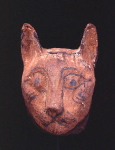
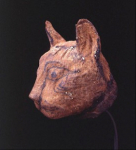

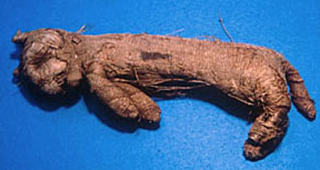
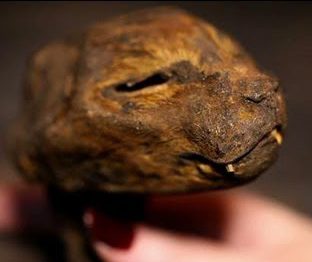
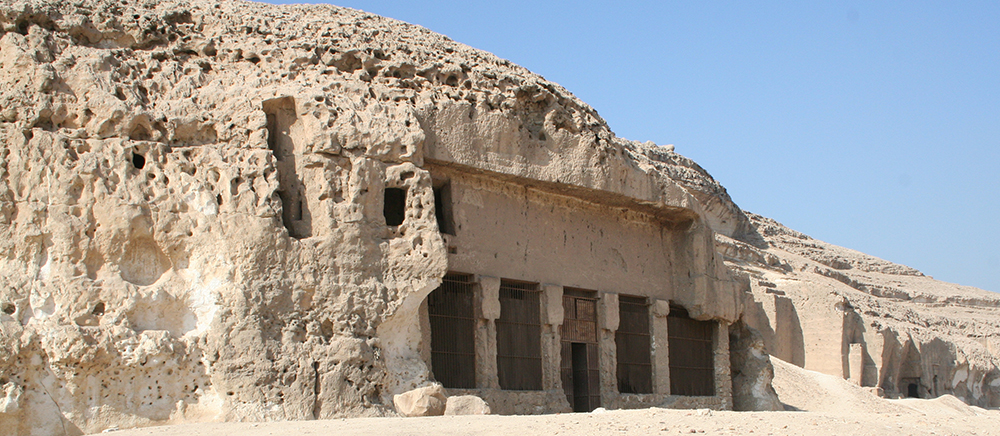



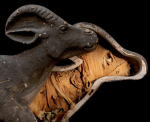

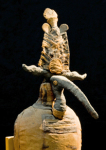

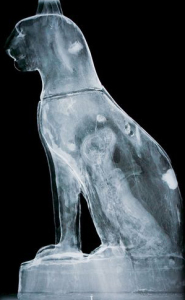




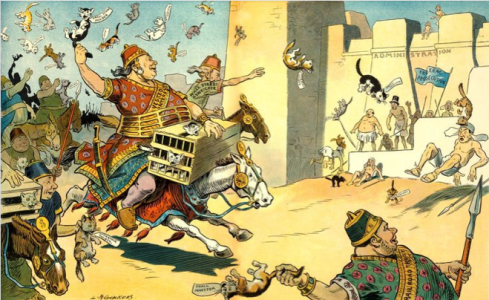
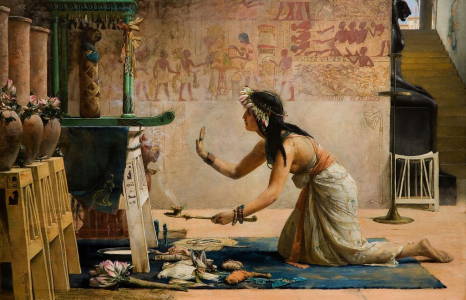
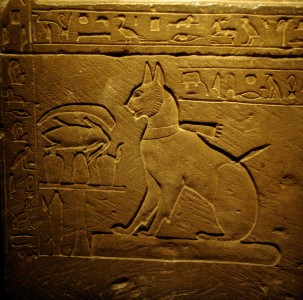

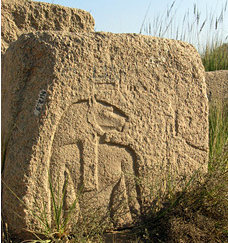
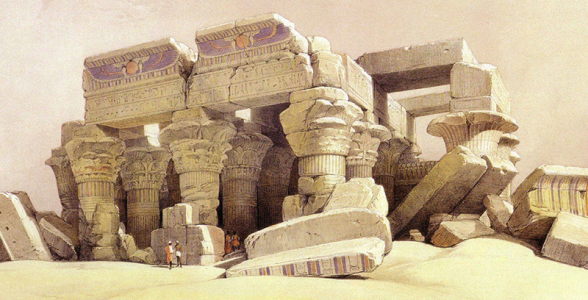
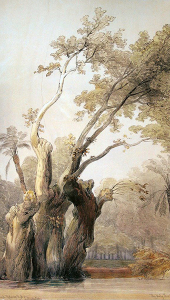
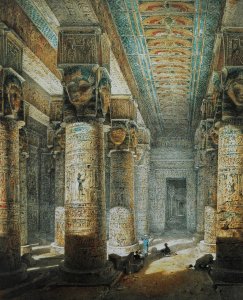



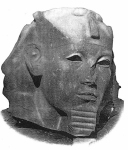

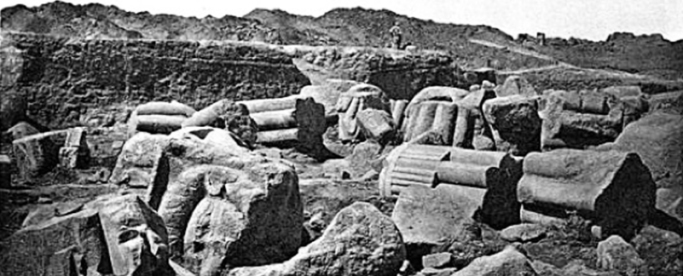



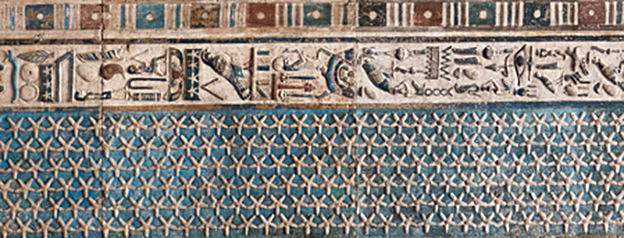
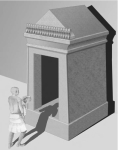

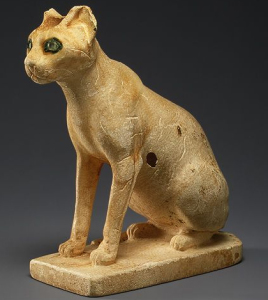


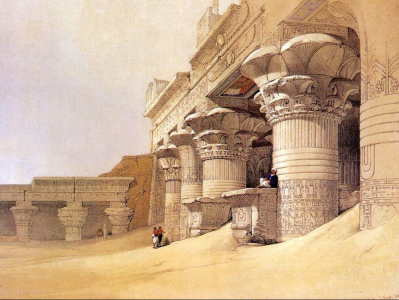
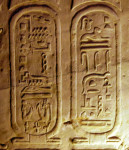


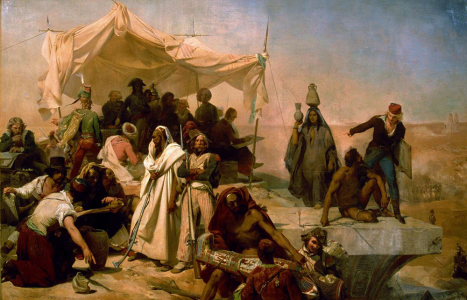

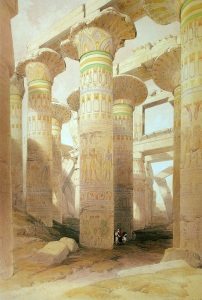
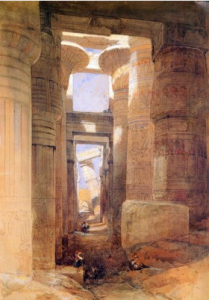

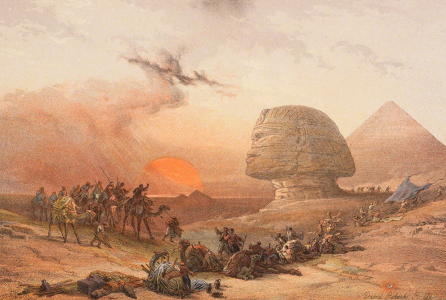
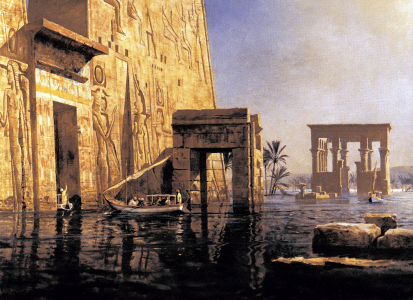
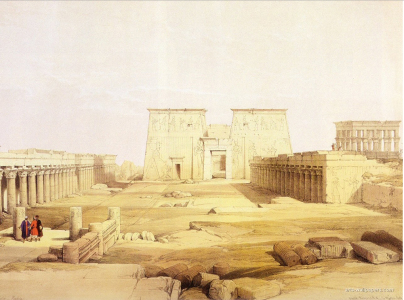
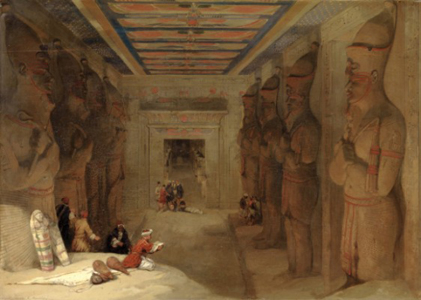
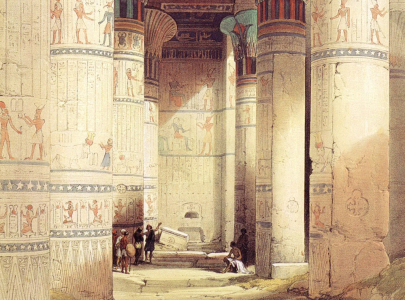

 Before Einstein turned science on its head, people in Western culture tended to picture time as a single line which connected the beginning and end of all things. This is no longer the case, at least among scientists. The idea of linear time emerged from the early cultures of the Ancient Near East and was essential to Judaism’s understanding of reality. Judeo-Christian culture embraced linear time as its own, and structured history and reality accordingly. Wherever the Church—and later Western culture—extended its influence through colonialism and conversion, linear time was a non-negotiable part of the package.
Before Einstein turned science on its head, people in Western culture tended to picture time as a single line which connected the beginning and end of all things. This is no longer the case, at least among scientists. The idea of linear time emerged from the early cultures of the Ancient Near East and was essential to Judaism’s understanding of reality. Judeo-Christian culture embraced linear time as its own, and structured history and reality accordingly. Wherever the Church—and later Western culture—extended its influence through colonialism and conversion, linear time was a non-negotiable part of the package.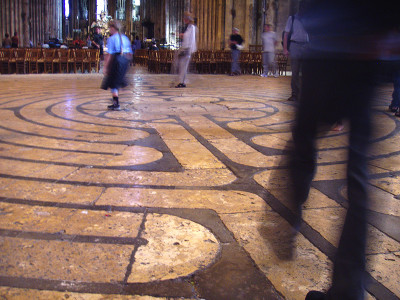
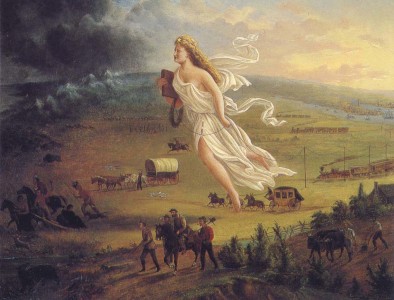







 I grew up among Southern Baptist seminary faculty families, where gentle wives from all across the Deep South, born in the early decades of the 20th century, dedicated themselves to being helpmeets and hostesses for their reverend-doctor husbands. In the company of the most accomplished of these ladies, voices were never raised in anger or disagreement, and guests in one’s home were treated like Abraham’s visiting angels. Peculiarities, absurdities, poor manners, and even rudeness were met with smiles, tolerance, and seemingly rapt absorption. These paragons of Southern virtue never succeeded in converting me to their vision of Southern gentility, but I knew the drill—and I can still produce a recognizable facsimile on demand, as long as I don’t have to keep it up for too long.
I grew up among Southern Baptist seminary faculty families, where gentle wives from all across the Deep South, born in the early decades of the 20th century, dedicated themselves to being helpmeets and hostesses for their reverend-doctor husbands. In the company of the most accomplished of these ladies, voices were never raised in anger or disagreement, and guests in one’s home were treated like Abraham’s visiting angels. Peculiarities, absurdities, poor manners, and even rudeness were met with smiles, tolerance, and seemingly rapt absorption. These paragons of Southern virtue never succeeded in converting me to their vision of Southern gentility, but I knew the drill—and I can still produce a recognizable facsimile on demand, as long as I don’t have to keep it up for too long.
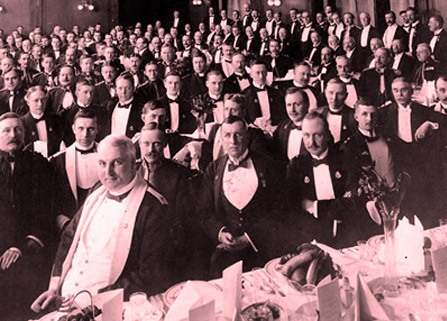 I am not offering the Southern lady as a model for us today. Like anyone fulfilling a social role, she helped maintain the status quo of her society—which in the South meant preserving the privilege and power of select white men at the expense of women, minorities, and working people. Life in the South could be bitter for the disenfranchised. I am saying that my rather haphazard reenactment of a remembered role resulted in unexpected success with both guests and co-workers.
I am not offering the Southern lady as a model for us today. Like anyone fulfilling a social role, she helped maintain the status quo of her society—which in the South meant preserving the privilege and power of select white men at the expense of women, minorities, and working people. Life in the South could be bitter for the disenfranchised. I am saying that my rather haphazard reenactment of a remembered role resulted in unexpected success with both guests and co-workers. Just as so many of us have lost our sense of connection to the Earth and our non-human relations, we have also lost touch with our extended human family. Individualism may have brought us relief from oppressive social control, but it has also divided us from each other. Dualism, with its gulf between the human and natural worlds, may have fueled industry and urban growth, but its unforeseen results have been devastating. When we see the world around us as nothing more than raw materials for our own consumption, we shouldn’t be surprised that “real” humans become fewer and fewer, until often the only one who truly matters is oneself.
Just as so many of us have lost our sense of connection to the Earth and our non-human relations, we have also lost touch with our extended human family. Individualism may have brought us relief from oppressive social control, but it has also divided us from each other. Dualism, with its gulf between the human and natural worlds, may have fueled industry and urban growth, but its unforeseen results have been devastating. When we see the world around us as nothing more than raw materials for our own consumption, we shouldn’t be surprised that “real” humans become fewer and fewer, until often the only one who truly matters is oneself.